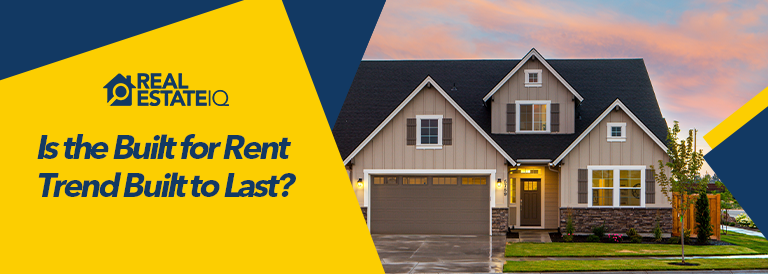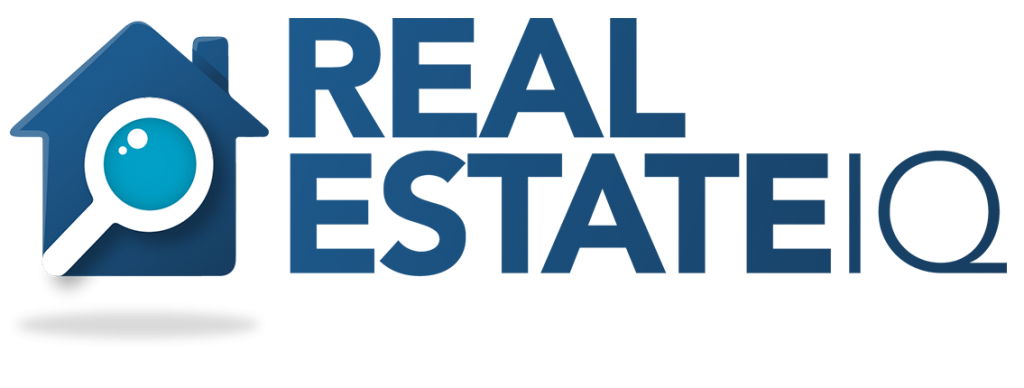
People grew up familiar with apartments, single-family residential units, and the like. But in recent years, the emergence of built for rent housing has reached a volume too high to contain.
What is built for rent, to begin with? As the name suggests, these properties were made for the sole purpose of being rented out. Investing in real estate of this sort proves to be a lucrative strategy as the demand had skyrocketed since its launch more than eight years ago.
Built for rent homes’ demographic is vast and diverse. The population that comprises this development mostly includes young professionals who, despite having stable incomes, have previous student loans to settle. Owning a house is the least of their priorities. Some have gone through transitions like the divorcees who are still undergoing settlements and other arrangements that may not be suitable for owning a house. Then, there are millennials who opt to live separately or better known as the “empty nesters.” They choose to invest in rentals rather than homeownership despite having good-paying jobs because most of them are still establishing their priorities. While it is true that real estate investing in homeownership is the best investment, it makes sense why these people choose to buy some time before putting themselves in a serious position of having mortgage burdens. Being able to reside in a community where they can get all the amenities without additional cost is a good deal, anyway.
Some are early in their marriages and or have children. The concept, design, and even the size of single-family built for rent homes have become larger following the renters’ preferences.
Most built for rental properties are located within existing communities with access to amenities like the clubhouse, playgrounds, tennis courts, and the like—all these without being hampered with homeowners’ association costs. Real estate investing in this kind of property presents a much affordable alternative to those who are yet to decide whether homeownership suits their current lifestyle.
Visit our Community and get the opportunity to network with other real estate professionals. Click HERE to join for FREE!
What are the selling points of a built for a rental housing unit?
- AFFORDABILITY – the cost of rent for these units is lesser compared to actually buying one. Home renters get to experience the same perks and privileges as homeowners at a fraction of the cost.
- LEVERAGE– not only in monetary terms but also in respect to freedom. Renters may opt-out should they decide not to pursue their application and choose the right property should the time come.
- LUCRATIVE RETURN OF INVESTMENTS for real estate investors. This selling point has become a trend, and more people are looking into it; the demand is now higher than ever. It was foreseeable that it will continue to top the charts of business opportunities in the next few years.
- LESS MAINTENANCE You have a landlord, to begin with. If something needs to be done like the plumbing, heating, or air conditioning, you simply have to lift your dial and call help. Costs for the repairs and other maintenance-related expenses can be arranged between you and your landlord.
A significant number of real estate investors have shifted to this kind of strategy since its launch less than a decade ago. Initially, homeowners lease out their properties for many other reasons besides personal. However, when the boom hit the surface, and people recognized the advantages of renting before owning, the demand became more of a phenomenon. Real estate investors saw this as an opportunity to expand their network through a different strategy. Developments of this sort of property became a household name primarily because it made housing more accessible to those who cannot afford to own a house. It also serves as good leverage for renters should the time come that they are fully decided to buy their own home. Renting allows them to establish an excellent rental record history to make them eligible for future purchases. Maintaining your own house is different from that of a rental unit. For one, in rentals, a landlord to do those maintenance works for you. Whereas when you own the house, you are solely responsible for all the work.
There are always two sides to everything. You just have to know how to lay down the pros and cons before making the giant leap. Ask yourself these questions, Will I sustain all my needs if I choose to buy instead of renting? Now, if you decide to rent, will you be able to withstand all the restrictions? Because in reality, many regulations come with renting a house compared to actually owning them. You‘ll have to arrange with your landlord to avoid misunderstandings in the future. However, if you are on the real estate investing side, assess the possibilities before jumping into this wagon called trend. While there are advantages, it is always wise to be wary of the worst and be prepared for when it arises. Nothing beats being prepared, especially since you are not only investing funds, but your whole life is at stake. Whatever your decision is, it should be aligned to what you have, what you’re willing to compromise, and what you aim to gain.
Real estate investing in new trends present a risk level that you may not be accustomed to; thus, it is vital to have a back-up plan. Yes, it is almost a decade old, but having an alternative is still the best partner for any decision if it’s your first time. It ensures you that whatever happens, you are secured.
Real estate investing is a heavy industry; it entails a comprehensive understanding of what to deliver and what to expect regardless of the strategy. Now the question is, do you consider this trend a lasting strategy for you, or is it just a passing drift? Is a decade-old system worth your time and effort? Do the math and go figure!
If you need a real estate investor association and other services, feel free to check our marketplace anytime!

